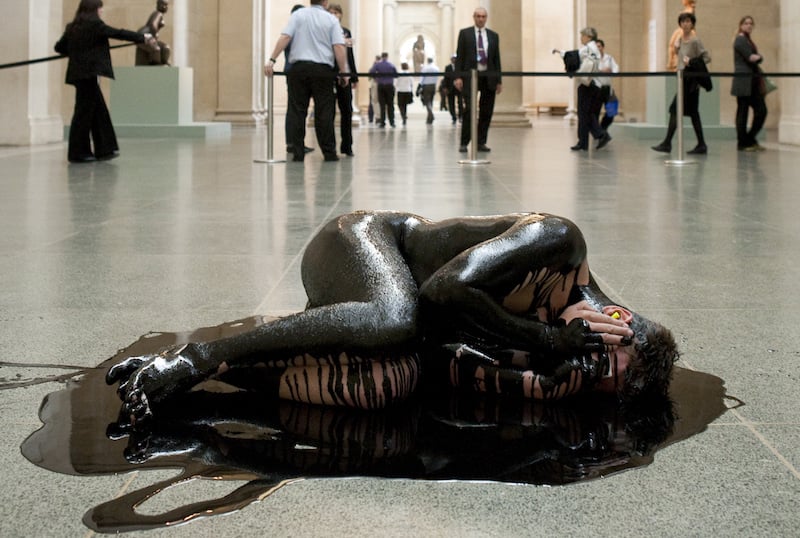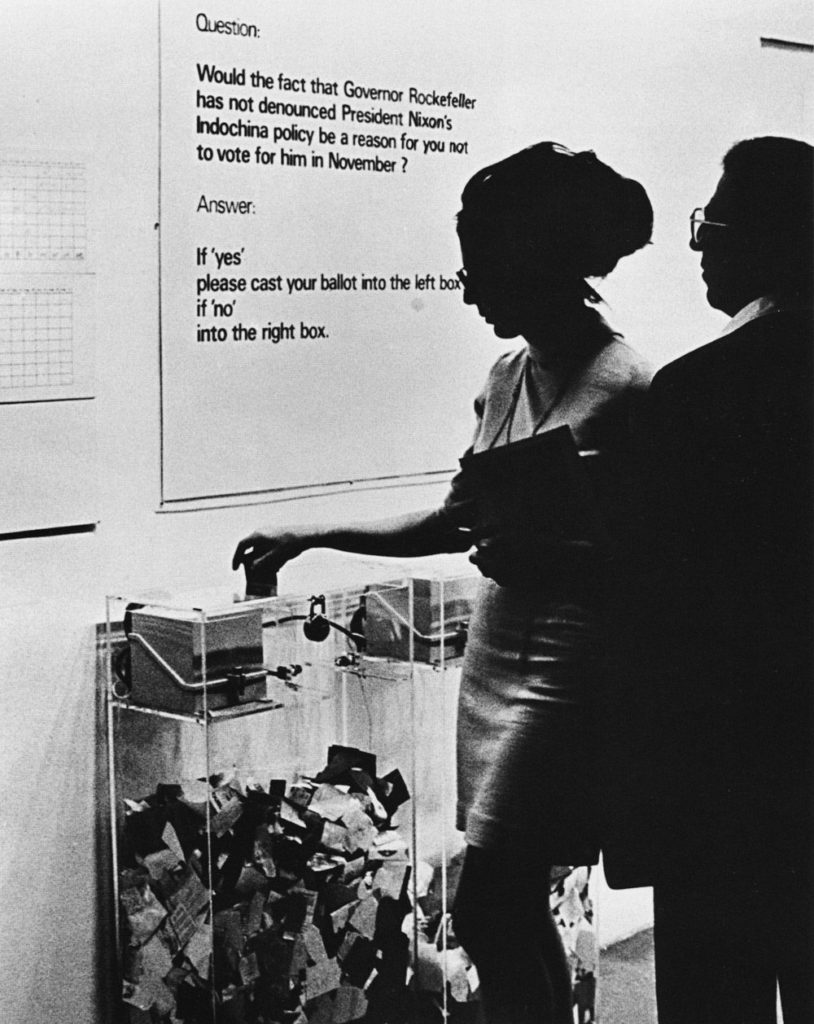In an Age of Political Division and Dirty Money, Can Museum Boards Ever Be Immaculate? Some Think They Have Found a Solution
From coast to coast, museum boards are being asked to answer for the source of their fortunes. What happens next?

Earlier this spring, demonstrators targeted the Whitney Museum of American Art in New York for protests on consecutive Fridays for nine straight weeks, calling for the resignation of Warren Kanders, the museum’s board vice chairman and CEO of Safariland, a defense manufacturer that has sold tear gas used on migrants at the US-Mexico border. And in London last month, Yana Peel, the director of the Serpentine Galleries, resigned after a Guardian report (which she disputes) linked her to a cybersecurity firm that has been accused of spying on journalists and activists. Similar criticisms have been levied at the investments of board members at the Museum of Modern Art in New York, the San Francisco Museum of Modern Art, and other art institutions, calling into question their ethical propriety.
With no industrywide guidelines to help them navigate this new era, board and staff members alike are flailing. When is money too dirty to accept? What if you’ve already accepted it? Does it matter if the funding source was uncontroversial at the time? Is there any way out of this mess?
Some in the museum field think they have found one. The answer, advocates say, is to open the hood of museums and rewire their internal structure so that board members have less power and other community stakeholders have more. Such a proposal may not be extreme enough to please those on one side of this debate, and too profound for those on the other. It also might be entirely impractical. But the fact that it is being seriously discussed reveals just how deeply these criticisms are rattling the foundations of museums, raising existential questions about their very structures.
The Problem
That board members are attracting scrutiny is nothing new. Back in 1969, members of a newly formed art collective called the Guerrilla Art Action Group infiltrated MoMA’s lobby with bags of bull blood under their clothes and wrestled with one another until the bags burst, leaving their bodies covered in blood. The goal was to call attention to then-MoMA trustee Nelson Rockefeller’s ties to a manufacturer of weapons being used in the Vietnam War. (Sound familiar?) But now, unlike 50 years ago, such information and imagery can be disseminated around the globe with the tap of a screen. And that makes it a lot harder to ignore.
Hans Haacke, MoMA Poll (1970). Courtesy of the Museum of Modern Art.
In other words, board members are both Wall Street and the regulators—tasked with policing the institution they steward and their own stewardship at the same time. “Those two pressures are in conflict,” says Adrian Ellis, the CEO of AEA Consulting. “It’s the dilemma at the heart of the model.” [................]
Keep reading the article



Δεν υπάρχουν σχόλια:
Δημοσίευση σχολίου